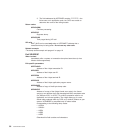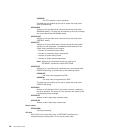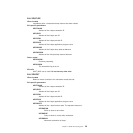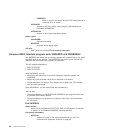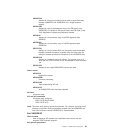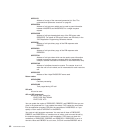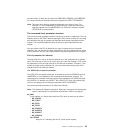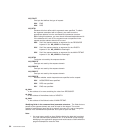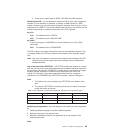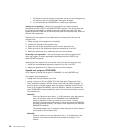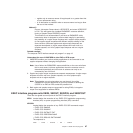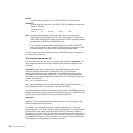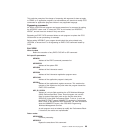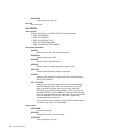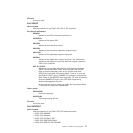NQ_FUNCT
One byte that defines the type of request:
X'04' ENQ
X'06' DEQ
NQ_BITS1
Existence bits that define which arguments were specified. To obtain
the argument associated with a keyword, you need to use the
appropriate address from the command-level parameter structure.
Before using this address, you must check the associated existence bit.
If the existence bit is set off, the argument was not specified in the
request and the address should not be used.
X'80' Set if the request contains an argument for the RESOURCE
keyword. If set, NQ_ADDR1 is meaningful.
X'40' Set if the request contains an argument for the LENGTH
keyword. If set, NQ_ADDR2 is meaningful.
X'20' Set if the request contains an argument for the MAXLIFETIME
keyword. If set, NQ_ADDR3 is meaningful.
NQ_BITS2
Two bytes not used by the enqueue domain.
NQ_EIDOPT5
One byte not used by the enqueue domain.
NQ_EIDOPT6
One byte not used by the enqueue domain.
NQ_EIDOPT7
One byte not used by the enqueue domain.
NQ_EIDOPT8
Indicates whether certain keywords were specified on the request.
X'04' NOSUSPEND was specified.
X'02' DEQ was specified.
X'01' ENQ was specified.
NQ_ADDR1
is the address of an area containing the value from RESOURCE.
NQ_ADDR2
is the address of the halfword value of LENGTH.
NQ_ADDR3
is the address of the fullword value of MAXLIFETIME.
Modifying fields in the command-level parameter structure: The fields that are
passed to the enqueue domain are used as input to the request. The correct
method of modifying an input field is to create a new copy of it, and to change the
address in the command-level parameter list to point to your new data.
Note:
1. You must never modify an input field by altering the data that is pointed
to by the command-level parameter list. To do so would corrupt storage
belonging to the application program and would cause a failure when the
program attempted to reuse the field.
64 Customization Guide



